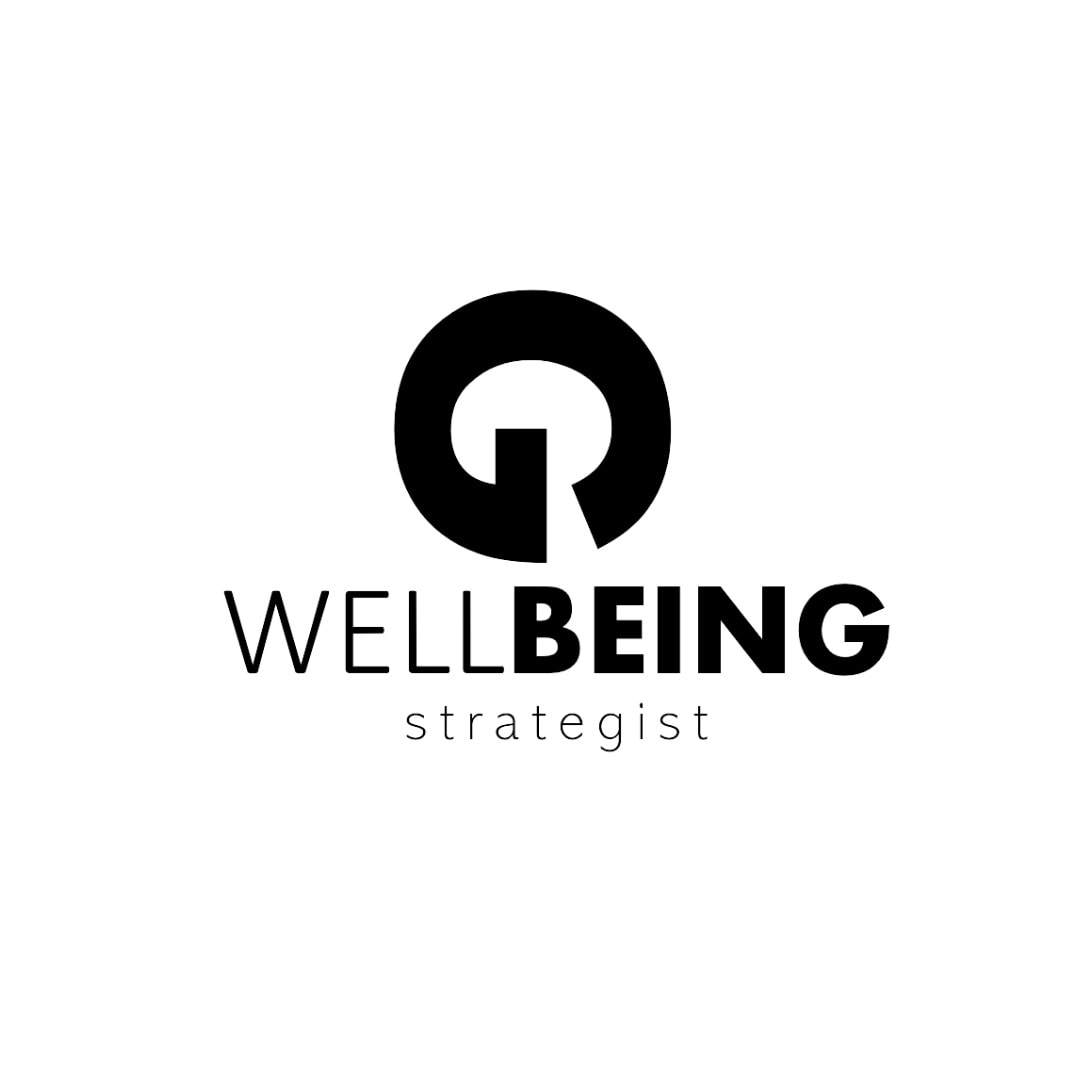In today’s fast-paced work environment, understanding the impact of burnout on performance is crucial for both employers and employees. Burnout, is a widespread issue often underestimated, can significantly hinder job performance, not just on an individual level but across an entire organisation, affecting performance in the workplace at all levels.
An in-depth understanding of burnout reveals it’s more than just being tired; it’s a complex syndrome that, research shows, is common in various professional settings, stemming from chronic workplace stress that hasn’t been successfully managed. The consequences are far-reaching, with research on burnout highlighting its capacity to sap motivation, hamper performance, and lead to a decline in both physical and mental health.
As we delve into this topic, we’ll explore the various facets of burnout, its tell-tale signs, and its profound impact on individuals’ performance. We aim to provide a comprehensive understanding of burnout, emphasising its prevalence in modern work culture and the imperative for proactive strategies to address it. Through this discussion, we aspire to equip you with knowledge and strategies to identify, combat, and ultimately prevent burnout, fostering a healthier, more productive professional life.
Table of Contents
Understanding Burnout
Before we can address the issue of burnout and its influence on job performance, it’s essential to define what “burnout” really means and understand its dimensions. Burnout is a state of emotional, physical, and mental exhaustion caused by excessive and prolonged stress. It occurs when you feel overwhelmed, emotionally drained, and unable to meet constant demands. As the stress continues, you begin to lose the interest or motivation that led you to take on a certain role in the first place.
What is Burnout?
Burnout isn’t simply a result of working long hours. The severity and nature of burnout depend on various factors, including job expectations, work environment, and individual personality traits. The dimensions of burnout involve a combination of exhaustion (feeling emotionally drained and physically tired), cynicism (a distant attitude towards one’s job), and inefficacy (reduced personal accomplishment at work). Understanding these dimensions is crucial because they underscore the multifaceted nature of burnout and remind us that it’s not a one-dimensional issue that can be solved with a single solution, like merely taking a day off.

Recognising the Signs of Employee Burnout
Spotting the signs of burnout is essential for timely intervention. Symptoms of burnout can vary widely from person to person, but there are common signals. These signs of burnout can include:
- Physical signs: Chronic fatigue, lowered immunity, frequent illnesses, and ongoing headaches or muscle pain.
- Emotional signs: Sense of failure or self-doubt, feeling helpless, defeated, or trapped, decreased satisfaction and sense of accomplishment, loss of motivation.
- Behavioural signs: Withdrawing from responsibilities, isolating oneself from others, taking longer to get things done, using food, drugs, or alcohol to cope, taking out frustration on others.
Recognising these symptoms of burnout is the first step towards addressing the problem. It’s crucial not only for individuals to be aware of these signs but also for employers to understand and recognise them. Early identification and proper measures can prevent burnout from escalating and affecting overall performance in the workplace.
Understanding burnout requires a comprehensive look at its dimensions, symptoms, and signs. Acknowledging that burnout is a common but serious issue is the starting point to address its impact on employees and their performance.

Causes and Consequences
To mitigate the impact of burnout on performance, we first need to dissect its roots and understand the aftermath it leaves, particularly in a professional context.
Exploring the Causes of Employee Burnout
Burnout doesn’t happen overnight. It’s the result of an accumulation of stressors that, over time, wear individuals down. The causes of employee burnout can be manifold, often intertwined with personal issues and professional demands.
Key workplace factors include an excessive workload, unclear job expectations, lack of autonomy, poor communication, and support within the team, minimal reward or recognition, and unbalanced work-life integration.
Personal characteristics, like perfectionistic tendencies or a pessimistic view of oneself and the world, can also contribute to the development of burnout. It’s this complex interplay between individual vulnerabilities and organisational pressures that fuels the onset of burnout.
The Consequences of Burnout in the Workplace
The effectsof burnout ripple through every aspect of professional and personal life. They’re not confined to mental and emotional exhaustion; the adverse effects extend to both physical health (like headaches, insomnia, and weakened immune function) and organisational health (reduced productivity, increased absenteeism, and higher employee turnover).
Job burnout, in particular, leads to a decline in work performance, lower job satisfaction, impaired attention and memory, and increased workplace accidents. Moreover, burnout contributes to deteriorating relationships at work and at home, decreased motivation, and a cynical outlook towards the job or workplace.
Recognising these consequences is pivotal for organisations and individuals. It emphasises the urgent need to address the root causes and develop robust strategies to support employee well-being and maintain productivity.

Burnout in the Workplace
Burnout is not a private affliction; it’s a systemic issue that manifests vividly within the work environment.
How Burnout Manifests Specifically in a Workplace Setting
Burnout in the workplace is often the result of a toxic cocktail of high demand and low control. When employees face stressors in the work environment like excessive workload, tight deadlines, high expectations with little support, or limited resources, burnout occurs. It’s also exacerbated by certain organisational cultures that prioritise work over well-being, or where employees feel undervalued or face relational issues with colleagues or superiors.
Specific signs of workplace burnout include decreased performance and productivity, increased mistakes or accidents, strained workplace relationships, lower overall energy, and increased absenteeism or intentions to leave the job.
Real-life Examples/Case Studies
Consider a healthcare professional, like a nurse or doctor, facing job burnout due to the enormous pressure of saving lives, long shifts, and the emotional burden of patient care. Or take the example of a high-achieving employee in a fast-paced tech company who starts to experience burnout due to unrealistic project deadlines and a 24/7 work culture. In both scenarios, job performance suffers, errors become more frequent, and both the individual and the organisation face the burnout factors.
These real-life examples underscore the dire need for strategies to identify, prevent, and manage burnout in the workplace. They serve as a call to action for both employers and employees to pay close attention to the signs of burnout and take proactive steps for health, well-being, and sustained performance.

Preventing Burnout
While addressing burnout when it occurs is important, creating strategies and policies to prevent burnout is equally, if not more, critical. Prevention not only improves employee well-being but also benefits the organisation’s health and productivity.
Strategies to Prevent Burnout in the Workplace
Preventive measures are essential in creating a work environment where employees can thrive without risking their well-being. Strategies to prevent burnout include establishing reasonable work hours, ensuring workload matches job capacity, providing opportunities for social support among colleagues, offering flexible work options, and encouraging regular breaks for rest and renewal. Additionally, providing resources for skill development can help employees feel more competent in their roles, thereby reducing stress.
Policies Employers Can Implement to Safeguard Employee Well-being
Beyond strategies, employers must also implement firm policies to safeguard employee well-being. This includes clear occupational health and safety guidelines that consider mental health, training for managers to spot early signs of burnout, and access to mental health resources. Policies encouraging open communication about workload and stress, as well as those allowing flexible work arrangements, can significantly reduce the risk of employee burnout. Implementing these policies shows a commitment to employee well-being and can encourage individuals to take action to prevent burnout in their own lives.
In conclusion, prevention is the most effective strategy in combating the burnout epidemic. By taking proactive steps, companies can protect their most valuable asset – their employees – and cultivate an environment that fosters resilience, satisfaction, and high performance.

Conclusion
As we’ve explored in this discourse, burnout is not just a personal affliction; it’s a systemic issue that can lead to significant negative effects within the workplace. The repercussions extend beyond the individual, negatively impacting team dynamics, productivity, and, ultimately, the organisation’s bottom line. Burnout can cause a myriad of issues, from physical and mental health problems for employees to financial and reputational damages for companies.
Understanding and addressing burnout is not merely beneficial — it’s essential. Organisations must acknowledge that preventing burnout isn’t just about avoiding negative outcomes but about fostering a positive, healthy, and sustainable work environment. Proactive measures in the workplace don’t just mitigate the risks associated with burnout; they promote a thriving, engaged, and committed workforce, capable of driving the company forward in its endeavours.
Therefore, it becomes a collective responsibility — of the employers, team leaders, and employees — to work towards a conducive atmosphere that recognises the signs, acknowledges the consequences, and takes definitive steps to combat burnout.

As we draw this discussion to a close, it is clear that the journey doesn’t end here. Understanding burnout and its profound impact on performance is just the beginning. What follows is the imperative action we must all take to nurture employee well-being and create a resilient workforce.
You are invited to explore the Happy CEO executive burnout program further, an initiative by Wellbeing Strategist designed to tackle executive burnout. But remember, the responsibility doesn’t lie solely with the leadership. Each member contributes to the work culture and environment. Implement strategies within your own sphere of influence, whether it’s through advocating for social support, improving employee engagement, or introducing policies that prioritise mental health and work-life balance.
Engagement, retention, and well-being are all interconnected. By taking steps to support and enhance these aspects, you’re not just improving individual experiences; you’re uplifting the collective health of your organisation. Let’s commit to a workplace where every member can thrive, free from the shackles of burnout. The path to success is through people — let’s ensure they have the environment they need to flourish.






